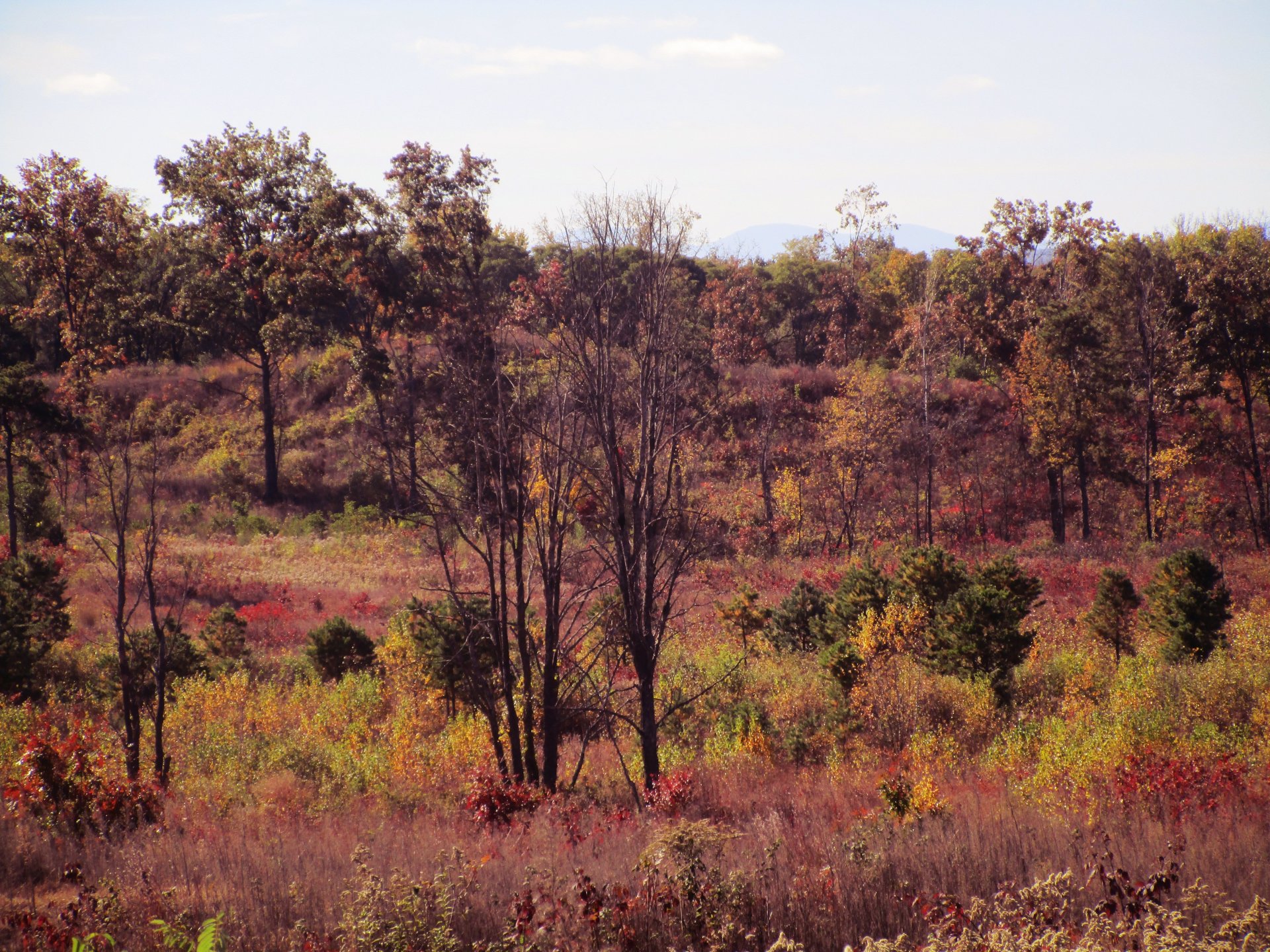by John Cryan
The economy sits on top of the ecology, and draws all its energy and materials from it. The ecology, or biosphere, wraps around the planet. The planet was formed and exists in the physical universe, or expanding spacetime. What we call chemistry is part of physics. So is what we call biology. Actually, everything in the temporal, expanding sphere of spacetime is part of physics. This includes all of human culture, or art. And all of it is being destroyed, or depreciating, far quicker than we will admit.
The simplest way to examine this hyper-complex system is the mass-energy balance, or the transfers of mass and energy required to run any variation of it. If one does this, even in rudimentary, back-of-the-envelope form, one quickly sees how difficult it is to create and sustain a stable version. Almost every exercise runs out toward infinity, or zero, relatively rapidly. Collapse. Chaos rules most scenarios.
Take away the humans and their activities, and presto! – one achieves a stable, self-replicating and -renewing ecosystem that can last for billions of years. This is the system that preceded and birthed us.
The reason we humans have so destabilized our womb is rooted in the actions of free and bound chaons. We’ve upset the local mass-energy balance here on Earth. The result has been the extinction of most fellow evolved larger-bodied (inch- and foot-scaled) life forms existing 50,000 YBP until now, leaving behind a relatively depauperized megabiodiversity. If we had not discovered fossil energy, this extinction trend would have continued playing itself out more slowly over the continuing ice ages, consuming most larger life forms and leaving many more smaller ones in their place. But because we did, we are trapping more and more heat and accelerating the extinction pressures on almost all of life.
The fundamental driver here is runaway human population growth, aided by an ever-expanding material and energy economy. A much smaller human population could get away with the burning of fossil fuels and renewable things like wood, commandeering of prime parts of the biosphere for its own exclusive uses, and accumulating more and more possessions. The biosphere could have (and did at earlier stages of our rise) adapted and adjusted to our presence. The cost would still be increasing rates of loss of other life forms, far in excess of rates of even Convolutionary creation of new ones, but with our selfish blinders on we could likely have lived with that cost, at least for a while longer.
So what would that relatively stable figure be if we continued living like the drunk sinners we are now?
If you run the numbers using our current mass-energy inputs and outputs, in the low millions. So if the millionaires and billionaires could get rid of the rest of us and use robotic assistance, they could inherit the Earth and party on. But not for very long, as those robots need a lot of people to maintain them.
The reason it comes out that way is a concept called body size equivalency, or effective body size.
We here in the developed world have average effective body sizes rivaling the largest animals who ever lived, things like whales, or even dinosaurs. On average, we produce (at the expense of the ecology, or biosphere) and consume (ditto) as much or more as these animals do, or did, without all the tools we invented over the millennia to make ourselves more comfy in the Nature God gave us to live in.
Take away the fossil fuels, and create an economy of necessity, not luxury, and how many more humans can Earth accommodate indefinitely? Maybe a few hundred million; definitely under a billion.
It depends on how far we’re willing to reduce our economic footprint, which comes at the expense of everything else in the biosphere. This is why rapid, voluntary population reduction is so critical. The other reason is we humans, and all our stuff, don’t last very long; the free chaons won’t allow it.
